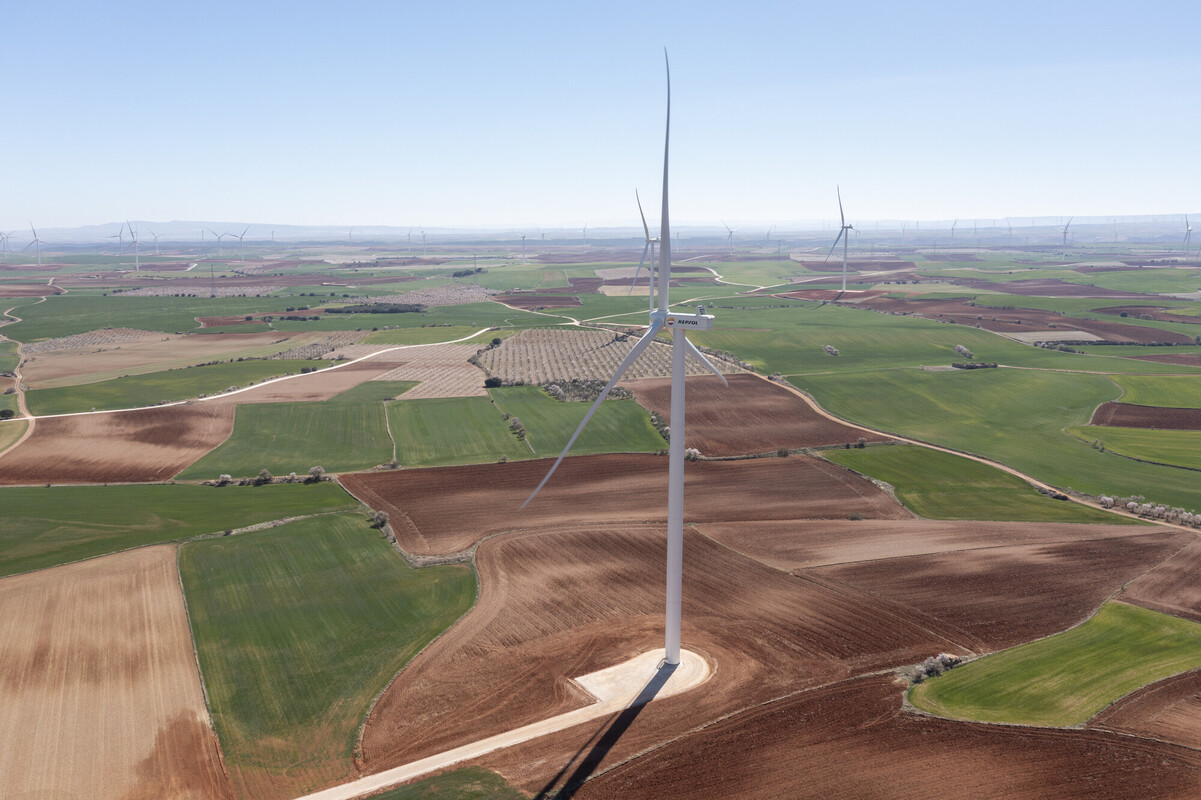.jpg.transform/rp-rendition-sm/image.jpg)
Self-consumption
Self-consumption
Discover how self-consumption allows any person or company to produce and consume their own electricity by installing solar panels in their home or premises.

All about wind turbines
The key to wind energy
Wind turbines play an essential role in wind power generation. From their beginnings as windmills designed to extract water to their present-day use, these devices are at the forefront of sustainable energy production.


What is a wind turbine?
The role of wind turbines is crucial in moving towards cleaner and more efficient energy systems.
A wind turbine, also known as a wind generator, is a device that uses the power of the wind to generate electricity. When several wind turbines are grouped together in the same place, a wind farm is formed.
A wind turbine consists of various parts:
How does a wind turbine work?
The operation of a wind turbine can be divided into several stages, from harvesting wind energy to power generation. These stages are:
Types of wind turbines
The diversity of available wind turbines makes it possible to make the choice depending on different needs. Aspects such as wind speed at the location, the purpose of the installation, and economic considerations are decisive in selecting the most suitable type of wind turbine.
Furthermore, wind power generator technology continues to evolve, leading to improvements in efficiency, performance, and adaptability to different environments.
Some examples of wind turbines include:
Our energy plans
Discover Repsol's energy plans for your home and choose the one that best suits you.
Repsol's commitment to wind energy not only positions it as an essential pillar in the energy transition, but also emphasizes its dedication to diversification and innovation in the sector, creating energy solutions for the present and the future.
This strategic vision supports our position as a leader in wind power generation with the acquisition of ConnectGen. This company, with a project portfolio reaching 20,000 MW, is an addition to our operating wind farms in Spain and Chile. Moreover, the integration of 2,800 MW through the acquisition of Asterion Energies in Spain and Italy further reinforces our commitment to the successful growth of the renewable energy market in the United States, one of the largest and most promising markets for growth.
In line with this strategy, we would also like to underscore our participation in projects such as offshore wind energy and the innovative bladeless wind turbine technology, a project developed by the startup, Vortex Bladeless, which emerged from our Entrepreneurs Fund.
Our commitment highlights a proactive role in building a more sustainable and resilient future for energy.
You may be interested in
.jpg.transform/rp-rendition-sm/image.jpg)
Self-consumption
Discover how self-consumption allows any person or company to produce and consume their own electricity by installing solar panels in their home or premises.

Aerothermal energy
Aerothermal energy is one of the most sustainable and profitable solutions for cooling and heating homes and buildings. We at Repsol tell you how it works.

Solar power plants
A solar power plant enables the transformation of solar radiation into electricity to be supplied to homes and industries. We tell you about its types and how they work.